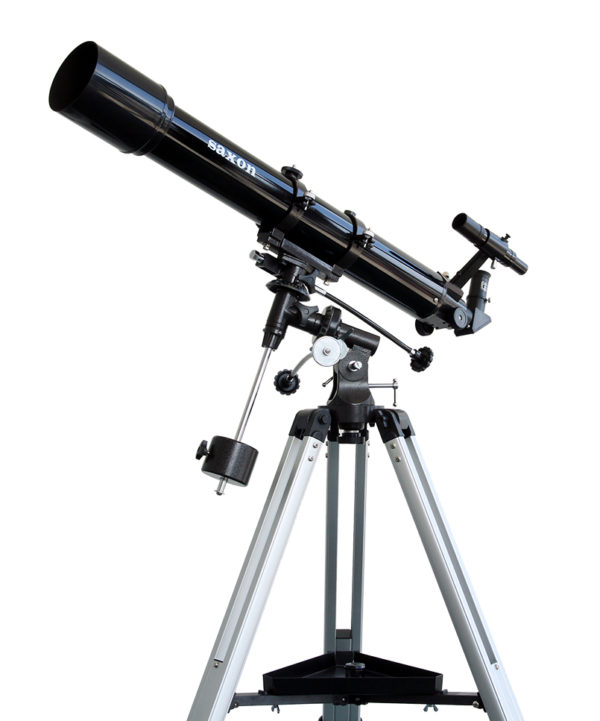

Credit: LCO Limitations of Refracting Telescopes Telescopes he made later magnified objects up to 30 times.ĭiagram of the path light travels in a Galilean telescope. His telescope could magnify objects 3 times. After hearing of the invention of the telescope in 1608, he built one of his own, called a Galilean Telescope, in 1609 using a convex objective lens and a concave eyepiece lens.

Galileo is credited with being the first person to use a telescope to make observations of the night sky. Gathering more light makes brighter images, and brighter images make it easier to see faint details. Magnifying a blurred image makes it bigger, but not clearer, so the priority when telescopes are built is to have the greatest light-gathering power possible. Magnification might seem like the most important aspect of a telescope, but there are limits to how sharp an image a telescope can produce because of the blurring effects of the Earth's atmosphere. Magnification = focal length of objective lens / focal length of eyepiece lens This depends on the focal length of both lenses. The magnifying power of a telescope is the ratio of an object's angular diameter to its naked eye diameter. The smaller the area, the brighter the image. Brightness of images also depends on how big an area the image light is spread over. Doubling the diameter of the lens increases the light gathering power by a factor of 4.

The larger the lens, the more light the telescope can gather. The light-gathering power of a telescope is directly proportional to the area of the objective lens. The brightness of an image from a telescope depends partly on how much light is collected by the telescope. The longer the focal length, the larger the image. The size of an image produced by a lens is proportional to the focal length of the lens. Image credit: Chabot Space and Science Center Magnification The largest lens is called the objective lens, and the smaller lens used for viewing is called the eyepiece lens.ĭiagram of what happens to light in a refracting telescope.Įight-Inch refracting telescope. Most refracting telescopes use two main lenses. This type of telescope is called a refracting telescope. They focus the light and make distant objects appear brighter, clearer and magnified. The earliest telescopes, as well as many amateur telescopes today, use lenses to gather more light than the human eye could collect on its own. This point is also called the focal point, and its distance is measured in negative units. The rays will then appear to originate from a point in front of the lens. If a lens is concave or diverging, it takes parallel rays and bends them so that they spread out. The distance from the lens to the focal point is called the focal length of the lens.ĭiagram of a convex lens, showing how the light is refracted and converges to a focal point. If a lens is convex or converging, it takes parallel light rays from a distant object and bends them so that they converge to a single point called the focal point. They are ground so that their surfaces are either segments of spheres or planes. Lenses form images by refraction and are typically made of either glass or plastic. In the diagram below, light is leaving air and entering glass, so it bends towards the normal on the way in, and away on the way out of the glass.ĭiagram showing how light changes direction as it moves into and out of a medium with a higher index of refraction. Light follows the same same principle and bends towards the normal when traveling into a medium with a higher index of refraction, and away from the normal when traveling into a medium where it can go faster. If the you approach the beach at an angle, one of the tires will be slowed down by the sand before the other is, and the car will turn in the direction of the tire that touched the sand first. If you approach the beach straight on, the car will slow down, but not change direction. Imagine driving a car from smooth pavement onto a sandy beach. The direction the light takes depends on whether it travels faster or slower in the new medium. If it enters at an angle, its speed and its direction will change. If light enters the new medium at a right angle to the surface, it will change speed, but not direction.


 0 kommentar(er)
0 kommentar(er)
